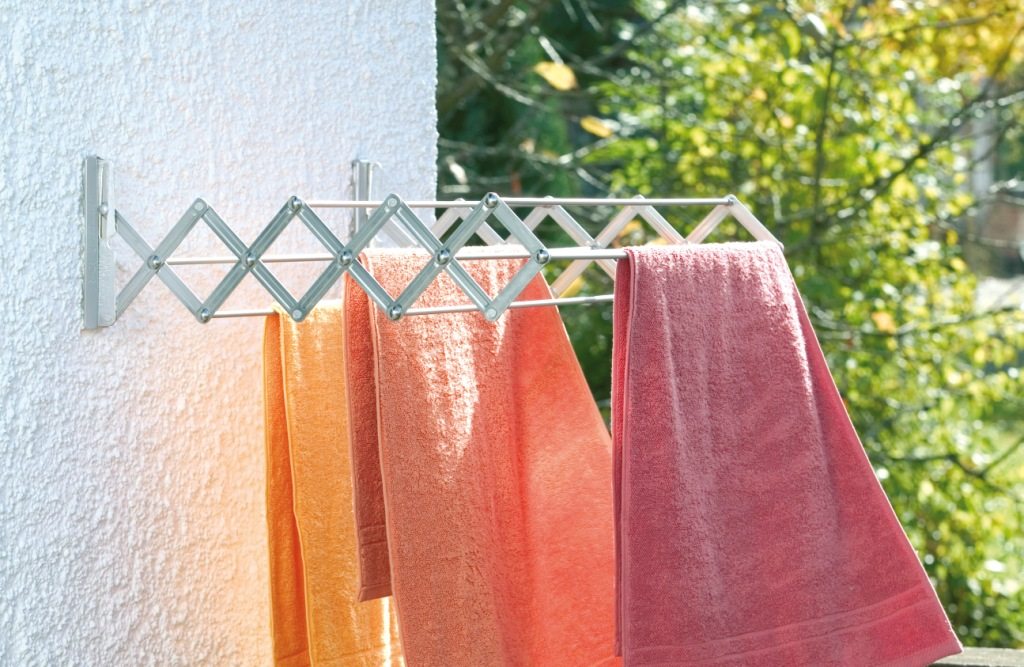Why do the Japanese shower before taking a bath?
Japanese society has managed to preserve many ancient national traditions that coexist perfectly with the modern lifestyle. Among them are numerous ceremonies that fill the daily life of a Japanese family. The so-called “tea ceremony” is known all over the world. In Japan, taking a bath, or “ofuro” in Japanese, has its own national characteristics. One of the strange traditions associated with the Japanese “bath ceremony” is the obligatory shower before visiting the ofuro. Let's figure out why this needs to be done.
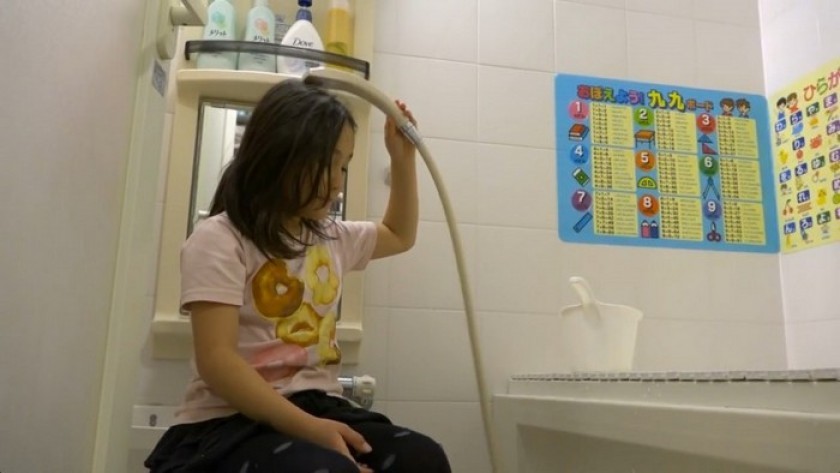
The content of the article
What does a Japanese ofuro bath look like?
The Japanese are one of the cleanest people; they jealously watch their appearance. Therefore, the tradition of taking a daily bath is deeply embedded in the national mentality. Ofuro today is not just a tribute to tradition, but also an urgent need for every resident of the Land of the Rising Sun.
Interesting! How important the bath is for the Japanese is indicated by its very name, which consists of two parts: the prefix “o” (お) and “furo” (風呂). The second part of the word means “bath” itself, and “o” is a prefix expressing the speaker’s polite, respectful attitude towards the object he is mentioning.
Traditional ofuro
The first mention of ofuro dates back to the beginning of our era.Since ancient times, the Japanese have loved to relax in the geothermal springs that their volcanic islands are so rich in. Later, the smartest of them (or the laziest?) decided to arrange similar healing springs right at home. For these purposes, barrels made of cedar, oak or larch were originally used.. There were also varieties in the form of depressions in the ground, lined with stone from the inside.
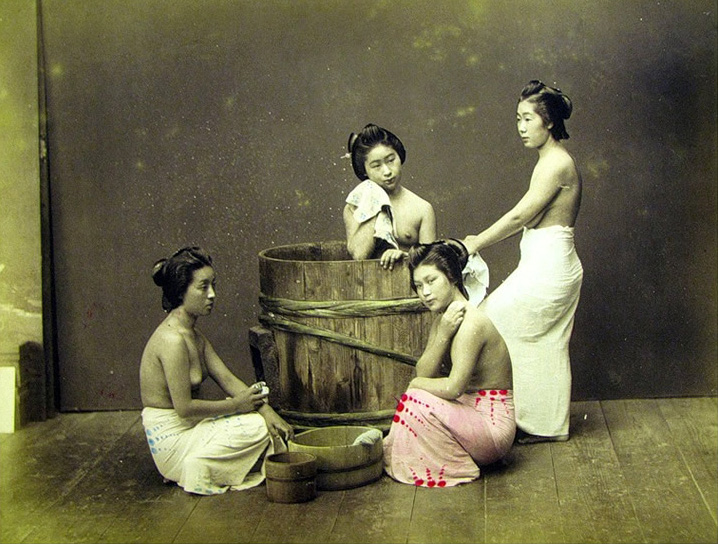
The design of traditional ofuro looked like this: a round or oval-shaped container, with a diameter of about one to one and a half meters and a depth of 80-90 centimeters.
In Japan, unlike in Russia and Western countries, it is customary to take a bath while sitting, with your shoulders immersed in water. For this purpose, there is a special attachment inside the ofuro bath. It can be used both as a step and as a kind of high chair.
Water was heated in a container with stones heated over a fire, which were lowered into the water, or using a specially designed stove.
Modernity
Even today, with the high cost of square meters, the Japanese are not ready to give up the luxury of having their own traditional bathtub in their apartment. True, it no longer resembles those wooden or stone vats in which medieval samurai loved to soak. Modern ofuros are a high-tech product of the scientific and technological revolution.
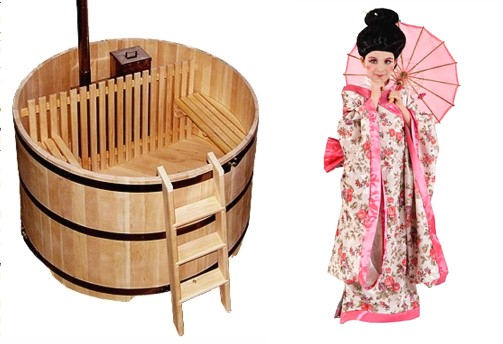
The sanitary ware produced by the Japanese industry today, including bathtubs, is comparable only to the modern products of their automobile industry.
Reference! Ofuro have a body with powerful thermal insulation to avoid unnecessary heat loss. Built-in or connected computerized “climate control” ensures that the set temperature is maintained and water circulates.
Temperature
Special mention should be made about the water temperature in Japanese ofuro. Compared to the bath we are used to taking, it is quite high and averages 45-55°, and in some cases reaches 60-65°.
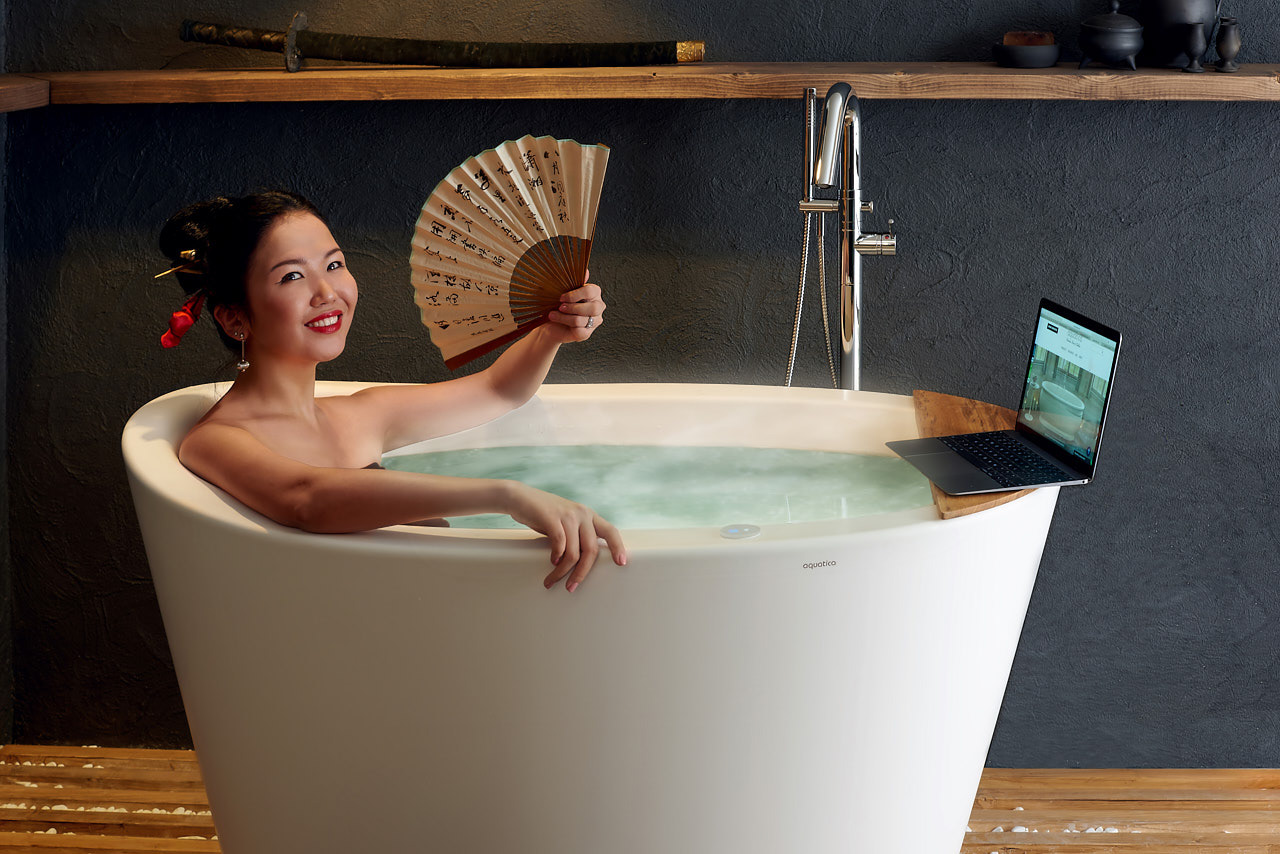
Important! Ofuro, like the Russian bath, has long been attributed with many healing properties. It perfectly tones, restoring the strength lost during the day.
To enhance the healing properties of the bath, various medicinal and aromatic additives are added to the water: cedar sawdust, medicinal herbs, natural flavors.
Attention! Even official Japanese medicine recognizes the undoubted benefits of traditional baths for the treatment and prevention of various diseases.
The bath is not for washing: how the Japanese take a bath
As you can see, the traditional Japanese ofuro bath, oddly enough, is not intended for washing at all. This, in fact, lies the answer to the question: “why do the Japanese wash themselves thoroughly in the shower before taking a bath?”
How does a Japanese bathroom work?
A typical bathroom in a Japanese apartment usually consists of a hallway-dressing room, in which there is a sink-washbasin and a washing machine. Here the Japanese undress before entering the actual washing room. Dirty clothes are loaded into the machine, and while the Japanese is taking water treatments, his linen is washed.
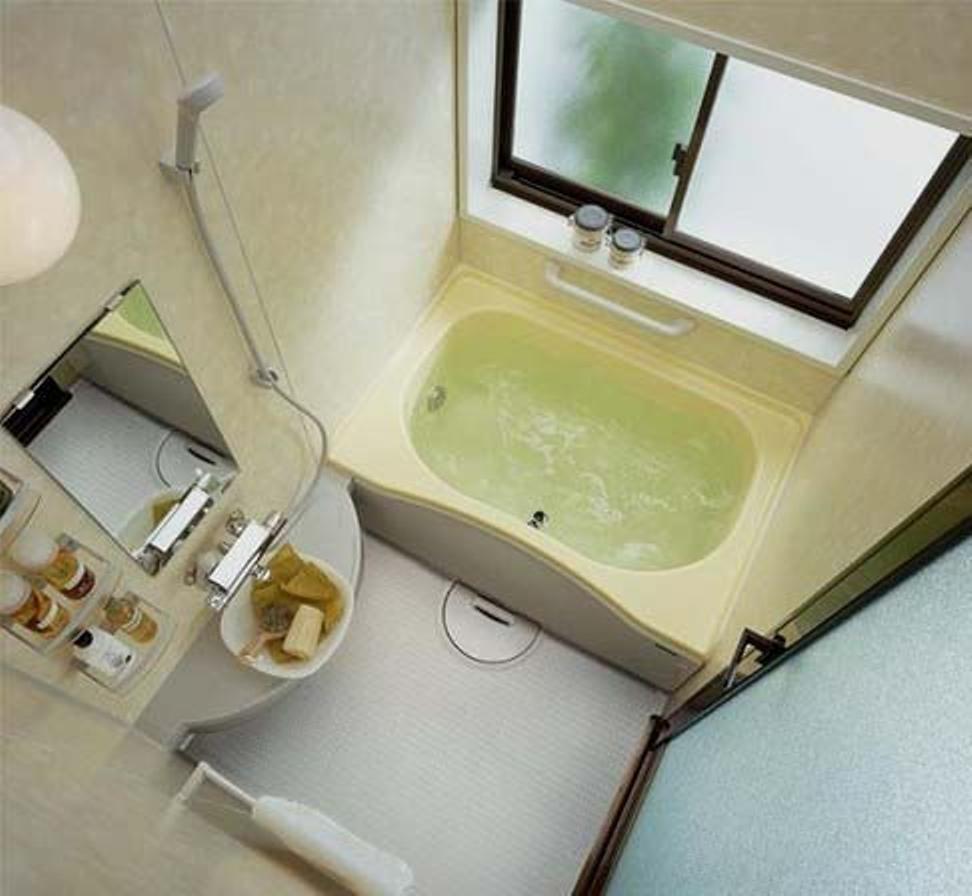
In the bathroom itself there is an ofuro bathtub, and next to it there is a regular shower. Moreover, to save space, this is not a traditional shower stall for us, but simply a shower head mounted on a tiled wall.
Drain holes are made in the bathroom floor to drain shower water into sewers, and wooden grates or synthetic mats are placed on top of them.Another feature of the Japanese shower is the mandatory presence of a small chair. After all, here it is customary to take a shower not standing, like ours, but sitting.
In the bath - after the shower!
So, Before immersing their body in a hot healing bath, the Japanese thoroughly wash off the sweat of work in the shower.
The use of soapy water is prohibited in ofuro! Therefore, to avoid the entry of dirty water and soap suds, it is closed with a special lid or rubber mat.
Water and electricity are not at all cheap in Japan, despite the fact that the country is located in the middle of the ocean.
Important! Ofuro is filled only once a day, in the evening, and the whole family takes turns relaxing in it.
Exactly that's why they only go into the bath after a shower.
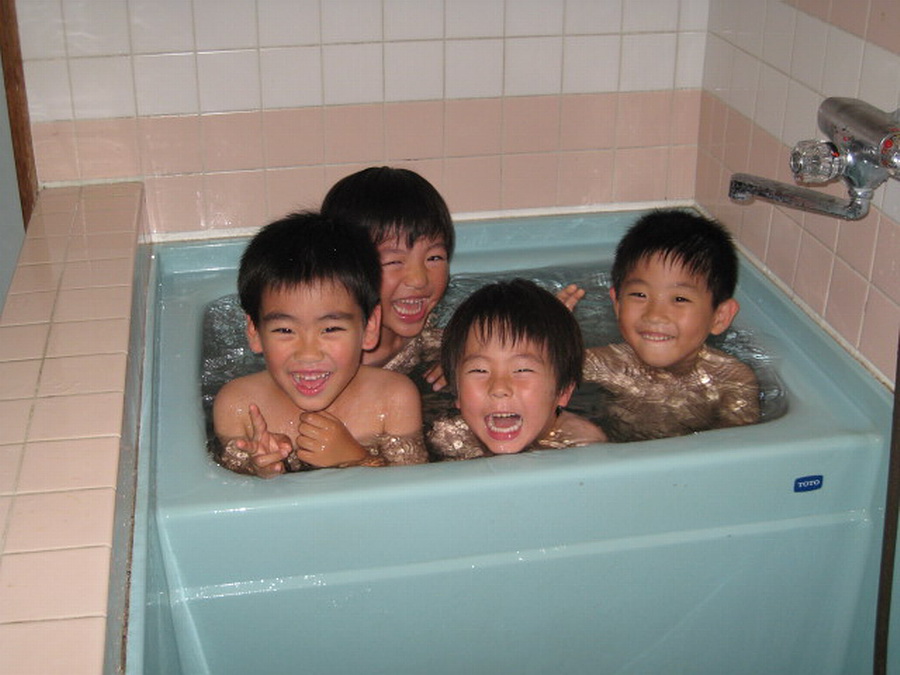
One bath for the whole family
Traditionally, the head of the family is the first to receive the tonic procedure, then his wife. And only then their offspring plunge into the ofuro. Parents take small children who cannot be left alone in a hot bath with them. However, such a scheme is quite conventional. And spouses, especially newlyweds, easily enjoy ofuro in each other’s company.
Today, many ancient national traditions are becoming a thing of the past. But ofuro remains an integral part of modern Japanese life. The reverent attitude of the Japanese to their national bath is reminiscent of the attitude of Russians to the bathhouse or the Finns to the sauna.





